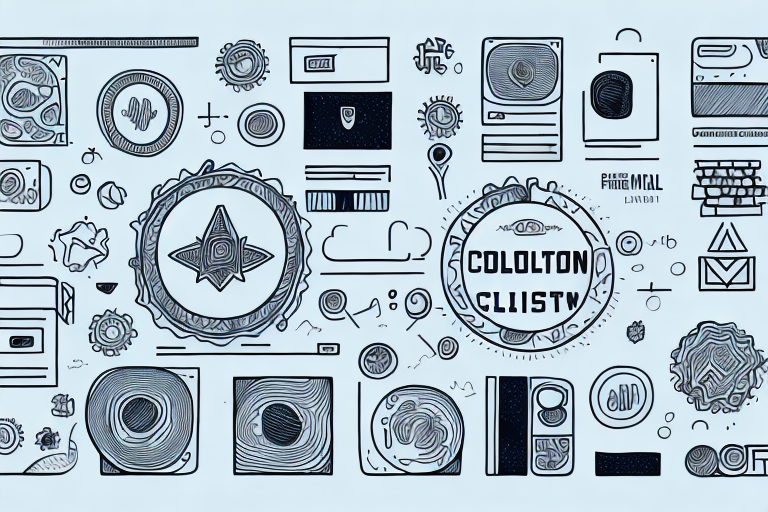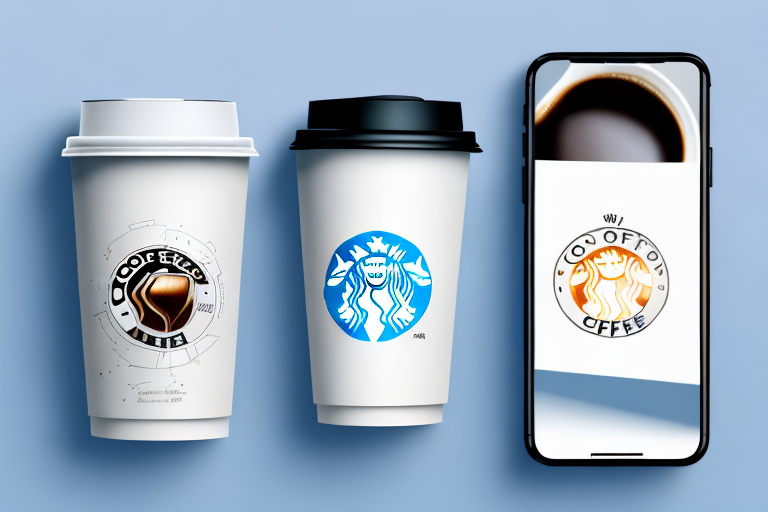In the world of marketing, customer collaboration is a strategy that involves working closely with customers to improve products, services, and overall customer experience. This approach is a key component of collaborative marketing, a broader marketing strategy that emphasizes cooperation and mutual benefit among all stakeholders. This article will delve into the intricacies of customer collaboration and its role in collaborative marketing, providing a comprehensive understanding of these concepts.
Customer collaboration is not a new concept, but it has gained significant traction in recent years due to the rise of digital technology and social media. These platforms have made it easier for businesses to interact with their customers, gather feedback, and incorporate customer insights into their marketing strategies. This article will explore how businesses can leverage customer collaboration to enhance their marketing efforts and achieve better business outcomes.
Understanding Customer Collaboration
At its core, customer collaboration is about involving customers in the decision-making process. It's about treating customers as partners rather than mere consumers of products or services. This approach can take various forms, from soliciting customer feedback to involving customers in product development or marketing campaigns.
Customer collaboration can offer numerous benefits to businesses. For one, it can lead to improved products and services, as businesses can use customer insights to identify areas for improvement. It can also enhance customer loyalty and satisfaction, as customers who feel valued and heard are more likely to stick around. Furthermore, customer collaboration can provide businesses with a competitive edge, as it allows them to tap into the collective wisdom of their customer base and stay ahead of market trends.
Key Elements of Customer Collaboration
Customer collaboration involves several key elements. First and foremost, it requires open and transparent communication between the business and its customers. This means not only sharing information with customers but also listening to their feedback and taking it into account. It also involves building trust with customers, which can be achieved by being responsive, reliable, and respectful.
Another crucial element of customer collaboration is customer empowerment. This means giving customers a voice and a sense of ownership over the products or services they use. This can be achieved through various means, such as allowing customers to customize products, involving them in product development, or encouraging them to share their ideas and opinions.
Challenges of Customer Collaboration
While customer collaboration offers numerous benefits, it also presents several challenges. One of the main challenges is managing customer expectations. When customers are involved in the decision-making process, they may have high expectations about the outcome. If these expectations are not met, it can lead to dissatisfaction and damage the relationship between the business and its customers.
Another challenge is ensuring that customer feedback is representative of the entire customer base. Businesses need to be careful not to over-rely on feedback from a vocal minority, as this can lead to skewed decisions that may not be in the best interest of the majority of customers. Additionally, businesses need to have processes in place to handle negative feedback and resolve customer issues promptly and effectively.
Role of Customer Collaboration in Collaborative Marketing
Customer collaboration plays a crucial role in collaborative marketing. In collaborative marketing, businesses work together with other stakeholders, including customers, to achieve common goals. Customer collaboration is a key aspect of this approach, as it allows businesses to align their marketing strategies with the needs and preferences of their customers.
By involving customers in the marketing process, businesses can gain valuable insights that can inform their marketing strategies. For instance, customer feedback can help businesses identify which marketing messages resonate with their audience, which channels are most effective, and which areas need improvement. This can lead to more effective and efficient marketing campaigns that deliver better results.
Benefits of Customer Collaboration in Collaborative Marketing
There are several benefits of incorporating customer collaboration into collaborative marketing. One of the main benefits is that it can lead to more personalized and relevant marketing messages. By understanding their customers' needs and preferences, businesses can tailor their marketing messages to resonate with their audience. This can lead to higher engagement rates, improved customer loyalty, and increased sales.
Another benefit is that it can foster a sense of community among customers. When customers feel that they are part of a community, they are more likely to engage with the business and its marketing efforts. This can lead to increased brand loyalty and advocacy, as customers who feel connected to a brand are more likely to recommend it to others.
Implementing Customer Collaboration in Collaborative Marketing
Implementing customer collaboration in collaborative marketing involves several steps. The first step is to establish clear communication channels with customers. This can involve setting up social media accounts, email newsletters, or customer feedback forms. The goal is to make it easy for customers to share their feedback and ideas.
The next step is to actively solicit customer feedback. This can involve conducting surveys, hosting focus groups, or simply asking customers for their opinions. It's important to make customers feel valued and heard, so businesses should take the time to respond to customer feedback and incorporate it into their marketing strategies.
Finally, businesses should strive to build a community around their brand. This can involve hosting events, creating online forums, or launching loyalty programs. By fostering a sense of community, businesses can encourage customer engagement and loyalty, which can in turn boost their marketing efforts.
Case Studies of Successful Customer Collaboration
Many businesses have successfully leveraged customer collaboration to enhance their marketing efforts. For instance, Starbucks has a platform called "My Starbucks Idea" where customers can submit their ideas for new products, services, or improvements. This platform has led to several successful initiatives, including the introduction of free Wi-Fi in all Starbucks stores.
Another example is Lego, which has a platform called "Lego Ideas" where fans can submit their own Lego set ideas. If a project receives 10,000 votes from the community, it goes into a review phase where it could potentially become an official Lego set. This platform has resulted in several popular Lego sets, including the "Doctor Who" and "Big Bang Theory" sets.
Lessons from Successful Customer Collaboration
These case studies illustrate several key lessons about successful customer collaboration. First, they show the importance of providing a platform for customers to share their ideas and feedback. By giving customers a voice, businesses can tap into their collective wisdom and gain valuable insights that can inform their marketing strategies.
Second, they highlight the importance of acting on customer feedback. It's not enough to simply gather feedback; businesses need to take action and show customers that their input is valued. This can enhance customer loyalty and satisfaction, as customers feel that they are making a meaningful contribution.
Finally, they underscore the potential of customer collaboration to drive innovation. By involving customers in the decision-making process, businesses can uncover fresh ideas and perspectives that can lead to innovative products and services.
Future of Customer Collaboration
The future of customer collaboration looks promising. With the rise of digital technology and social media, businesses have more opportunities than ever to engage with their customers and incorporate their insights into their marketing strategies. Moreover, as consumers become more empowered and demanding, businesses that fail to embrace customer collaboration may find themselves at a competitive disadvantage.
One trend to watch is the rise of co-creation, a form of customer collaboration where businesses and customers work together to create new products or services. This approach can lead to more innovative and customer-centric offerings, as it combines the expertise of the business with the insights and creativity of the customers.
Role of Technology in Customer Collaboration
Technology plays a crucial role in facilitating customer collaboration. Digital platforms, such as social media and online forums, make it easier for businesses to interact with their customers and gather feedback. Moreover, data analytics tools can help businesses analyze customer feedback and derive actionable insights.
Artificial intelligence (AI) and machine learning are also set to play a bigger role in customer collaboration. These technologies can help businesses analyze large volumes of customer data and identify patterns and trends. This can lead to more personalized and effective marketing strategies.
Challenges and Opportunities in Customer Collaboration
While the future of customer collaboration looks promising, it also presents several challenges. One of the main challenges is managing customer data. As businesses collect more customer data, they need to ensure that they are handling this data responsibly and in compliance with data protection regulations.
Another challenge is ensuring that customer collaboration does not lead to decision-making paralysis. With so many voices and opinions, it can be difficult for businesses to make decisions and move forward. Businesses need to strike a balance between involving customers in the decision-making process and maintaining control over their strategic direction.
Despite these challenges, customer collaboration offers numerous opportunities for businesses. By embracing customer collaboration, businesses can improve their products and services, enhance customer loyalty, and stay ahead of market trends. Moreover, as technology continues to evolve, businesses will have even more tools at their disposal to facilitate customer collaboration and reap its benefits.
Collab with brands and creators. Request your invite at collabs.io



